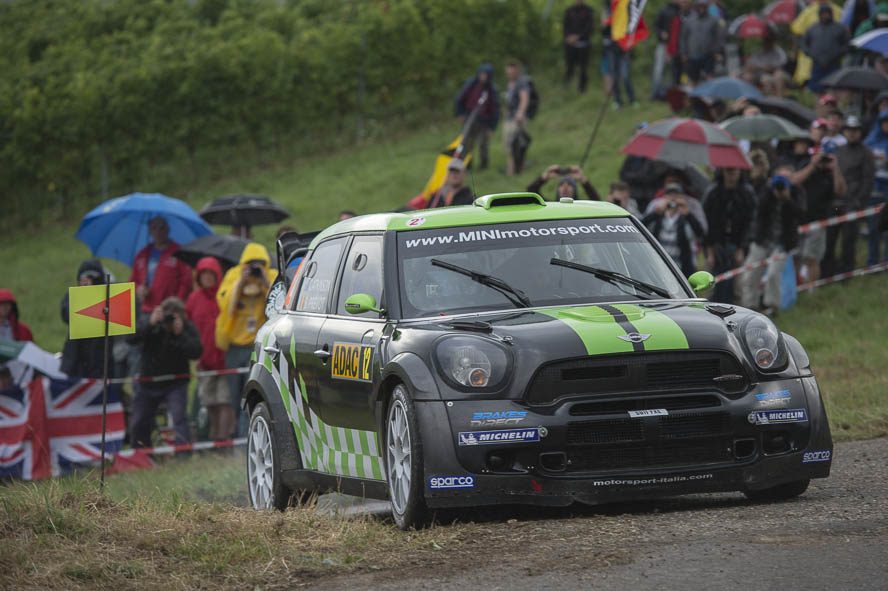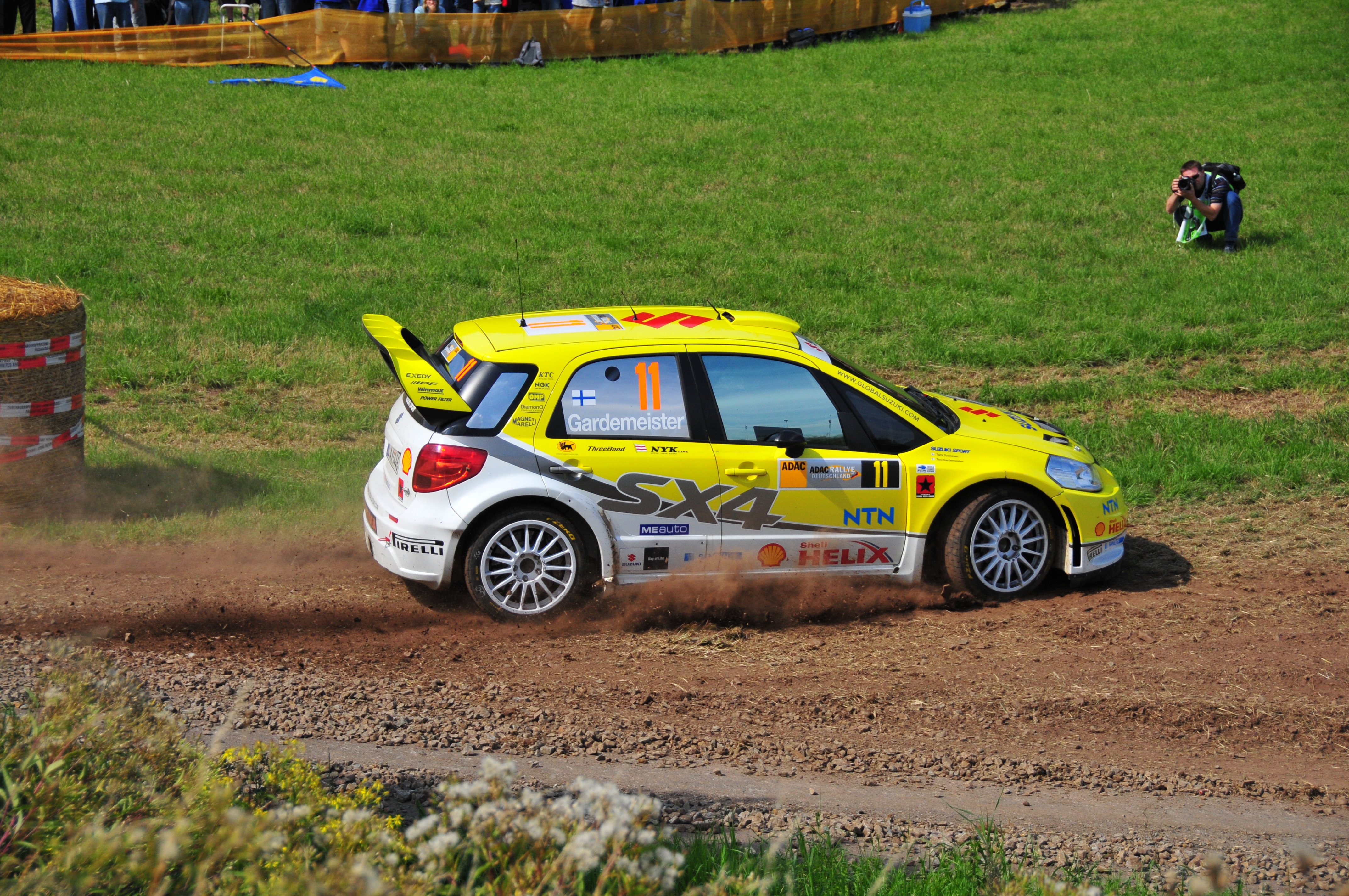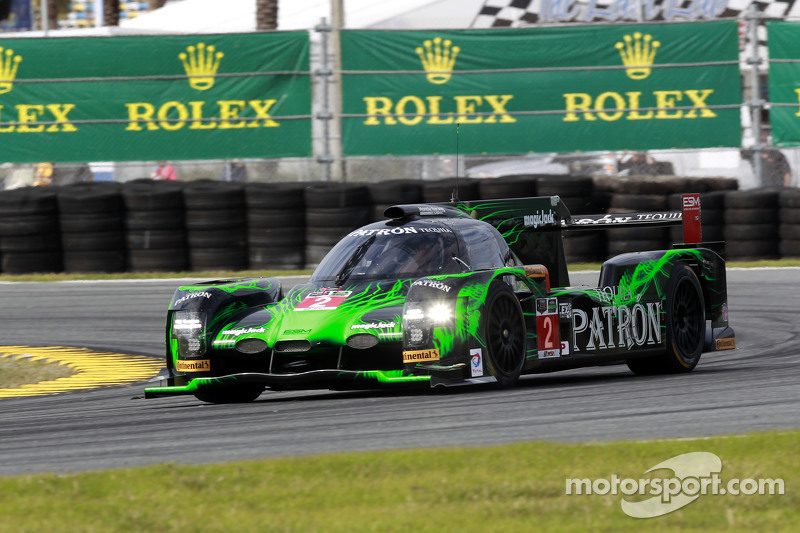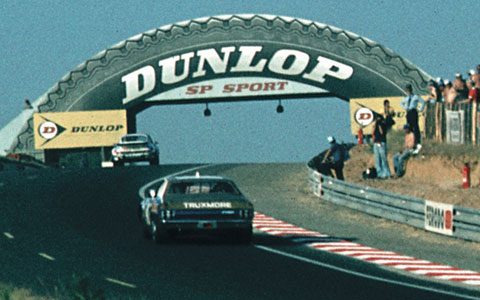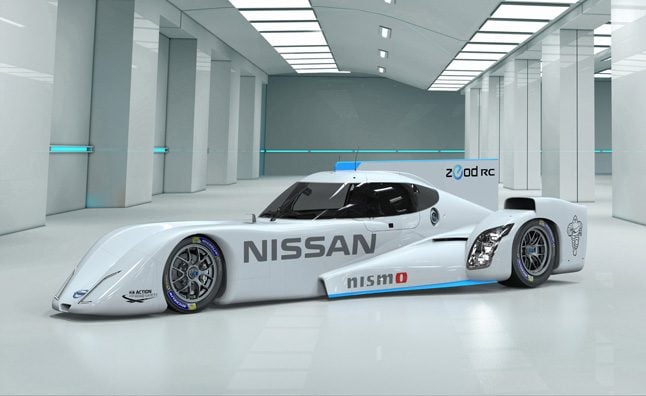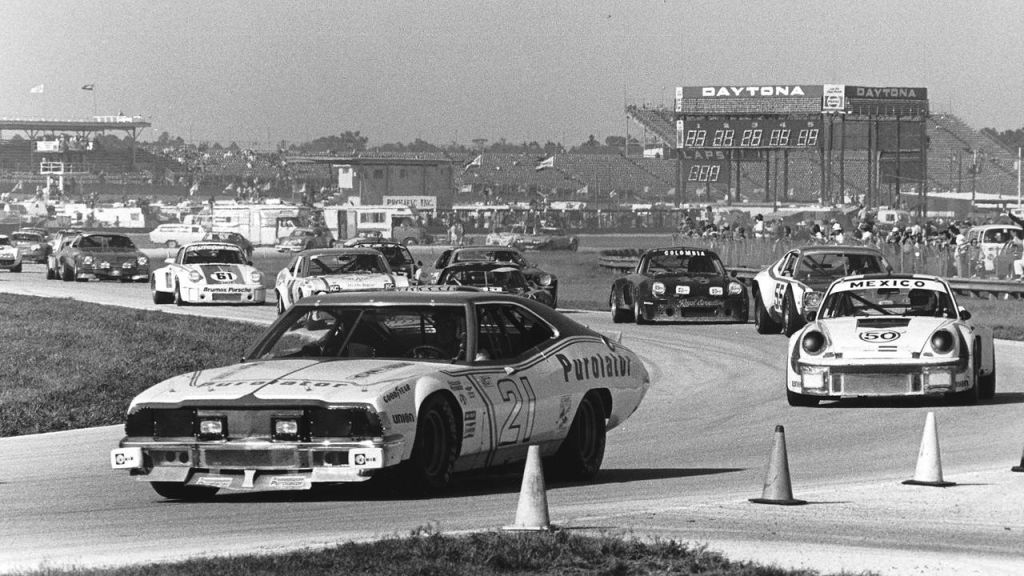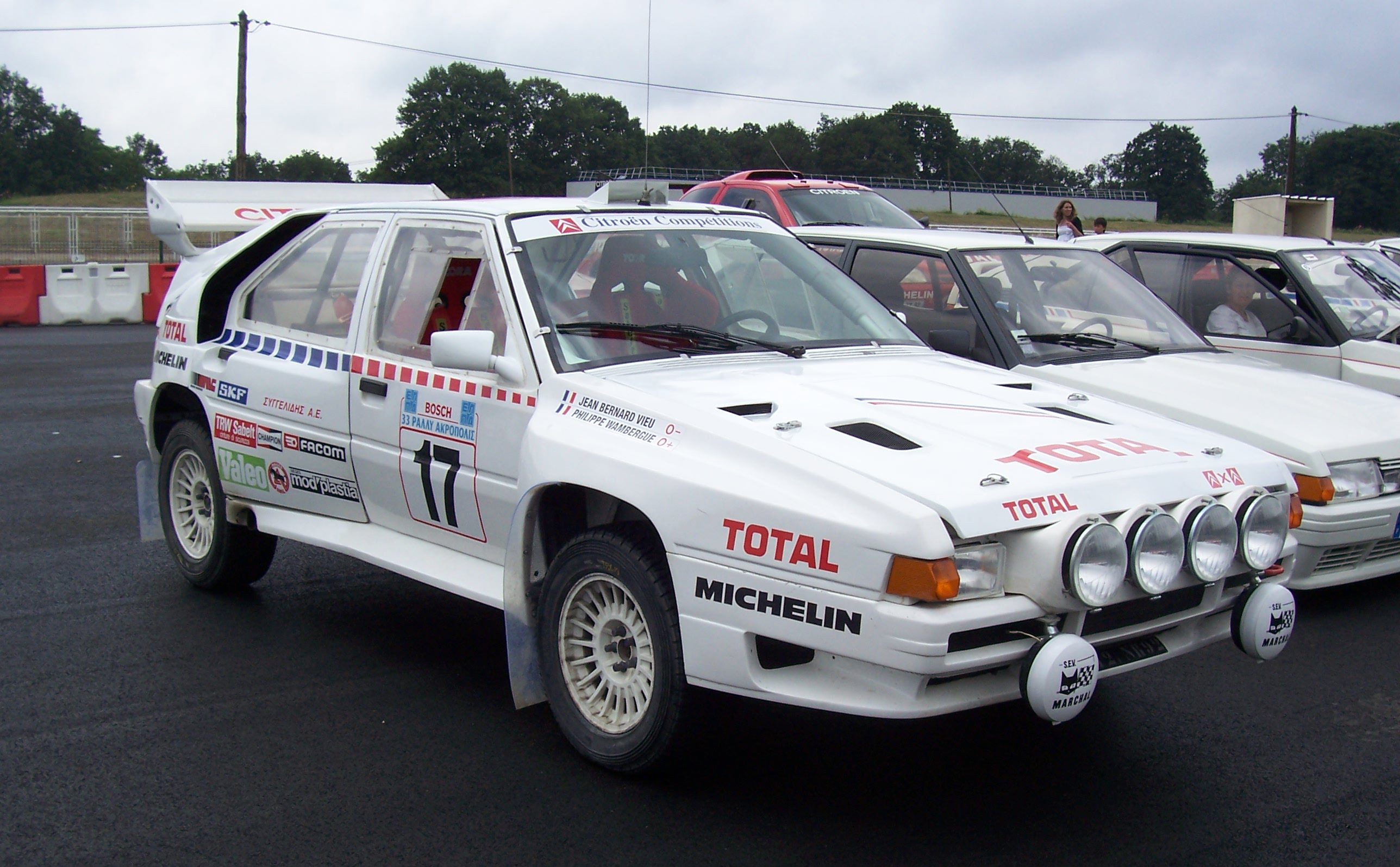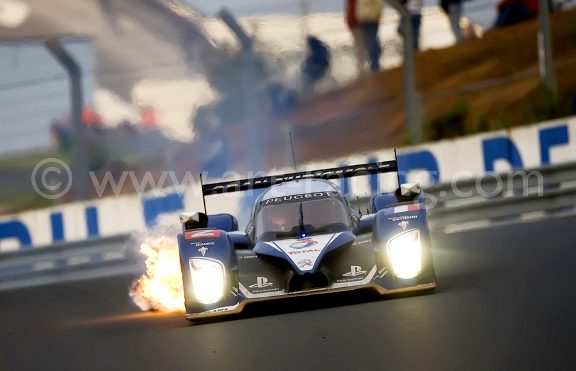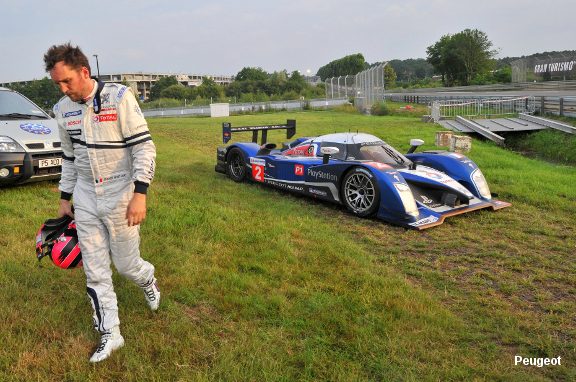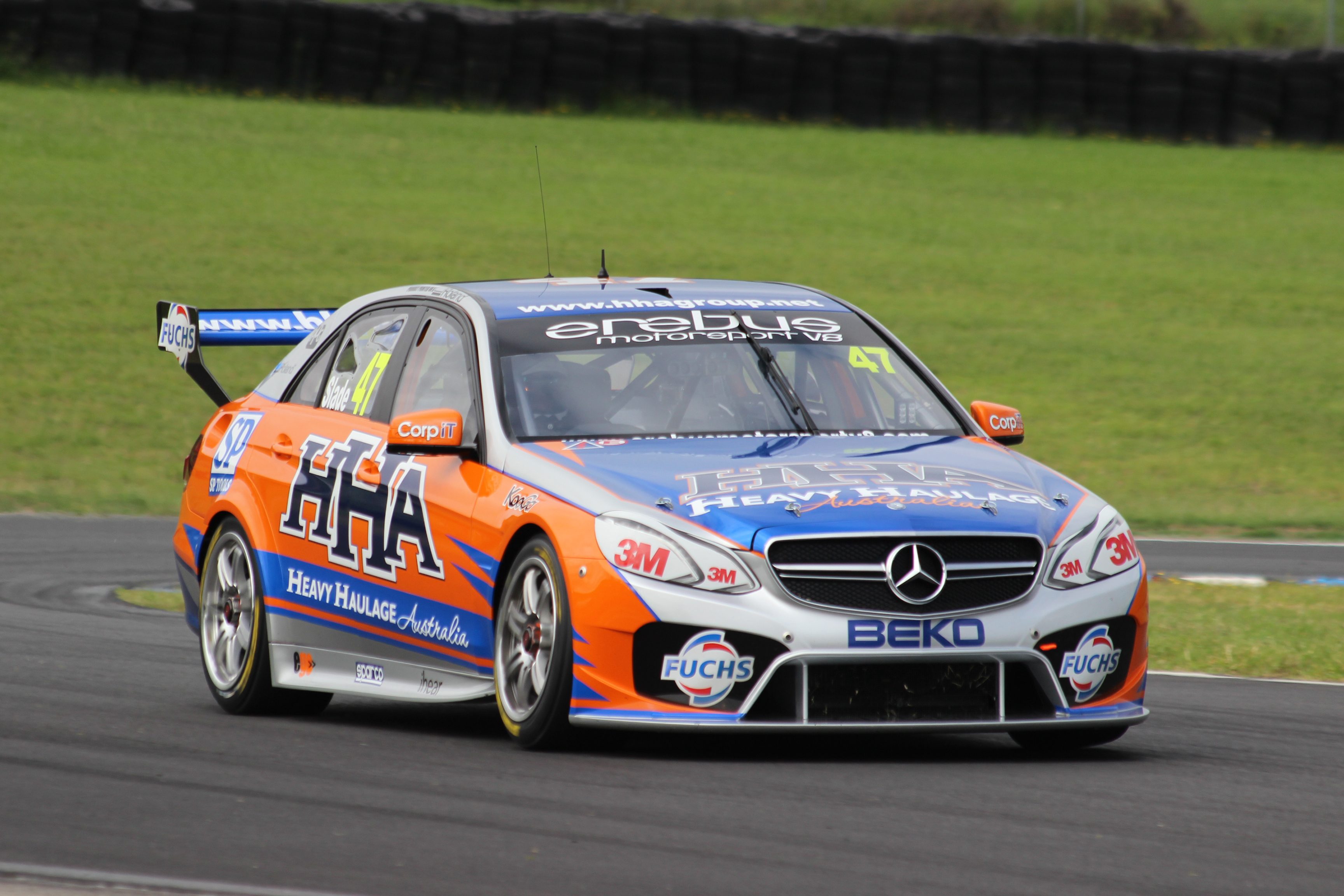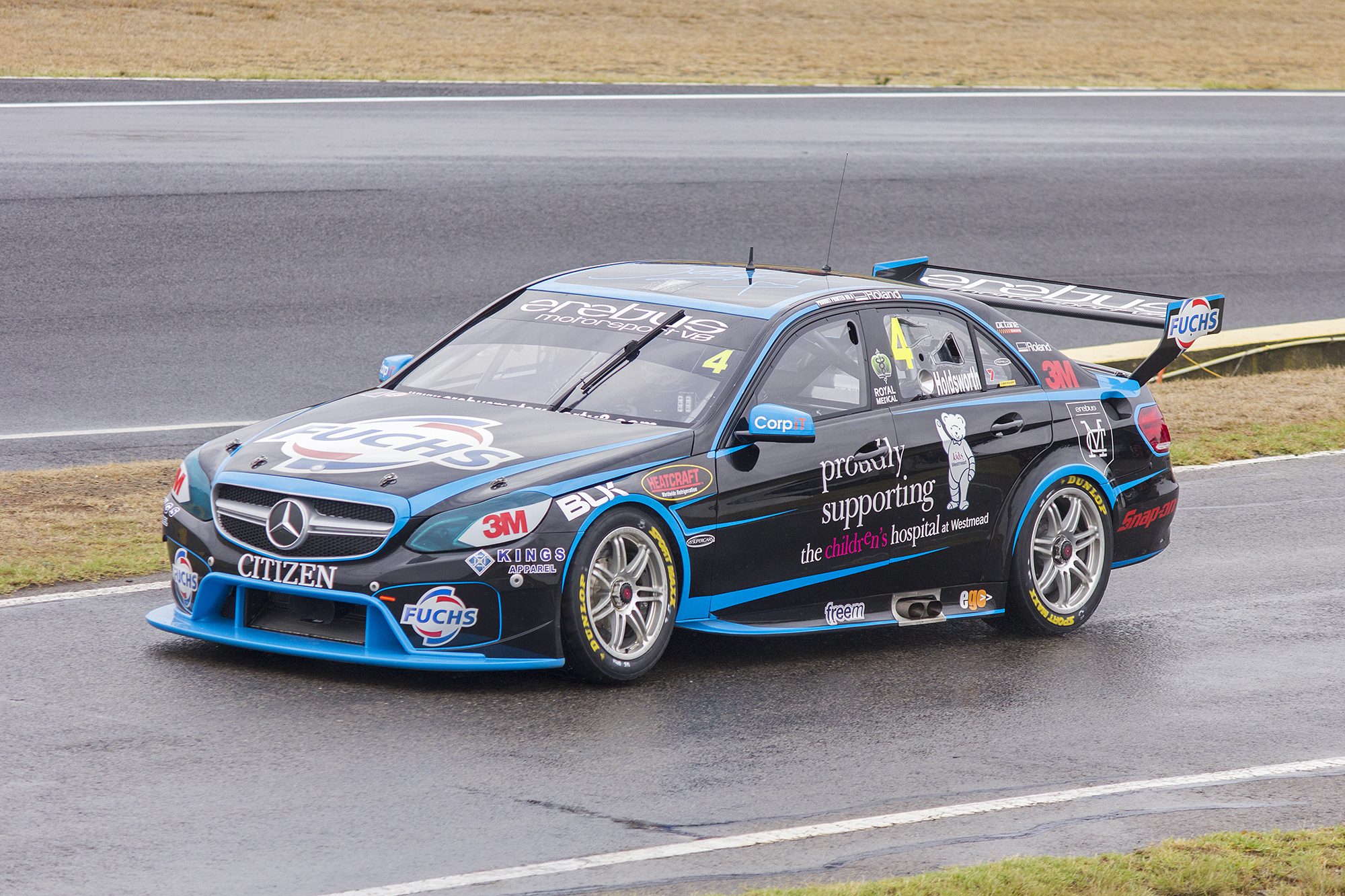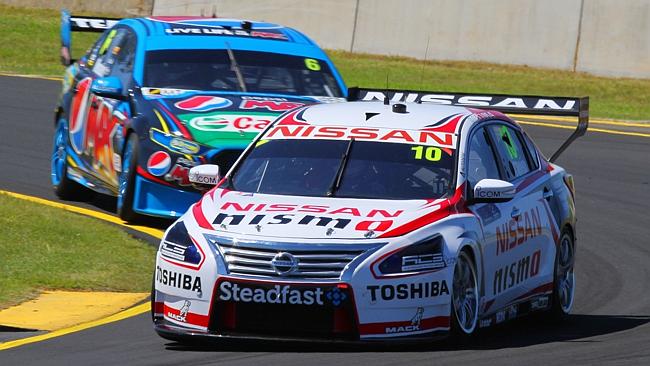- 3,139

- Wise, VA
- Panoz-38
In 2015, two of the biggest stories in the motorsport world was the returning partnership of McLaren and Honda in Formula One and Nissan's entrance into the LMP-1 ranks with a radically designed prototype.
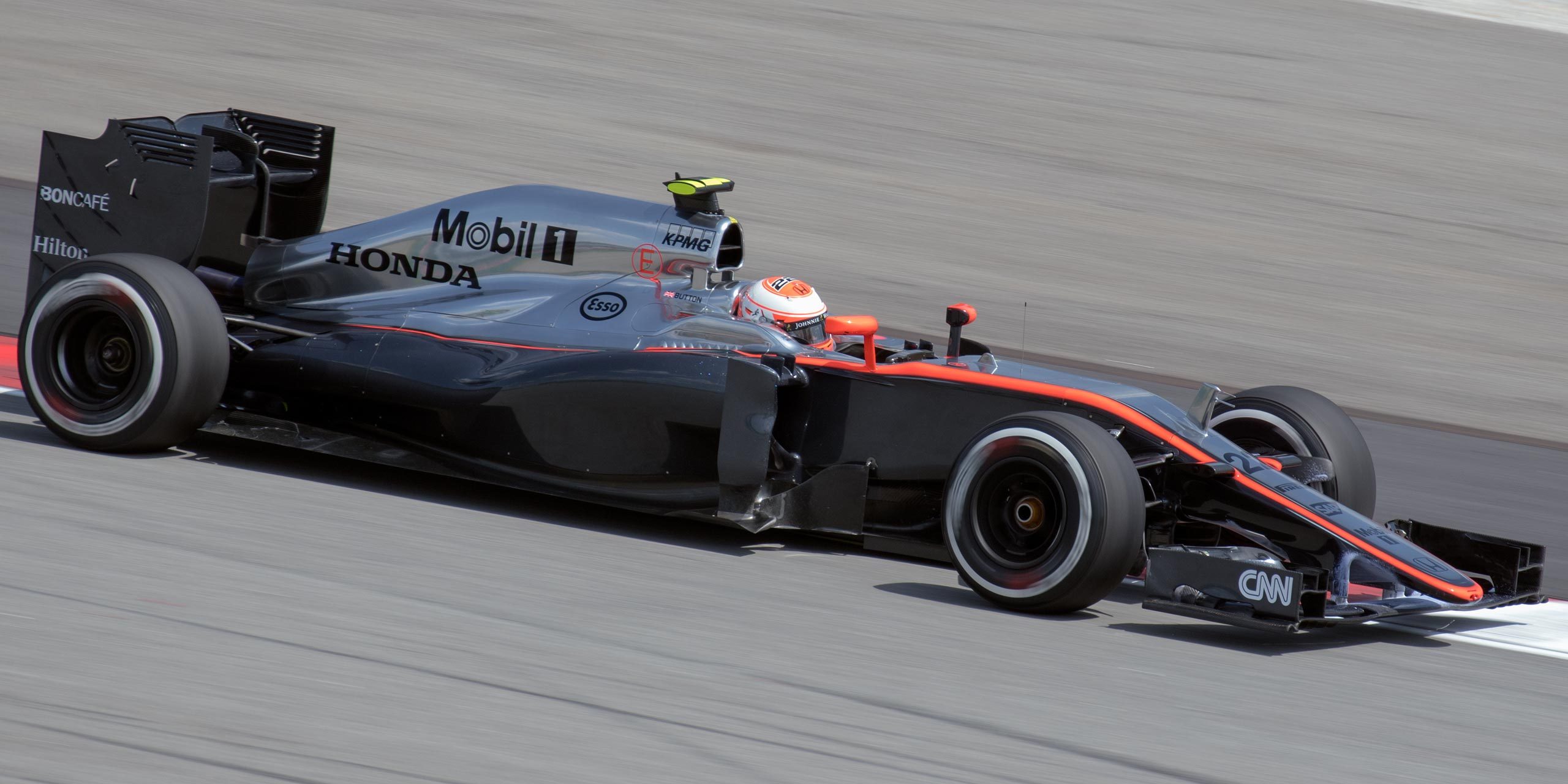

Unfortunately both programs endured massive struggles to be competitive all year. McLaren suffered one of the team's worst seasons in their storied history due to reliability issues and power output on the new Honda powerplants. Nissan's radical GT-R LM Nismo program had many delays throughout the entire year. This resulted in the 24 Hours of Le Mans being the car's only race before Nissan pulled the plug on the program while progress was being made.
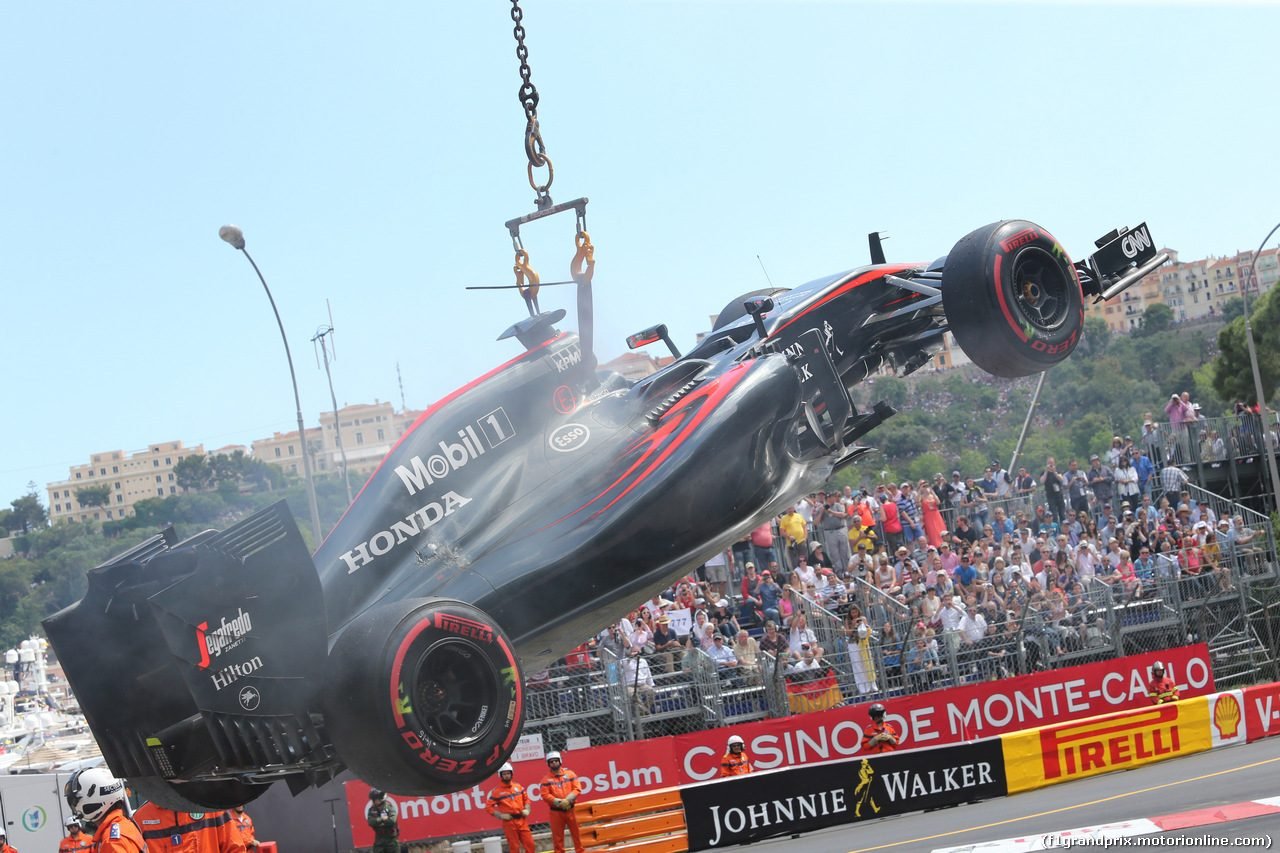
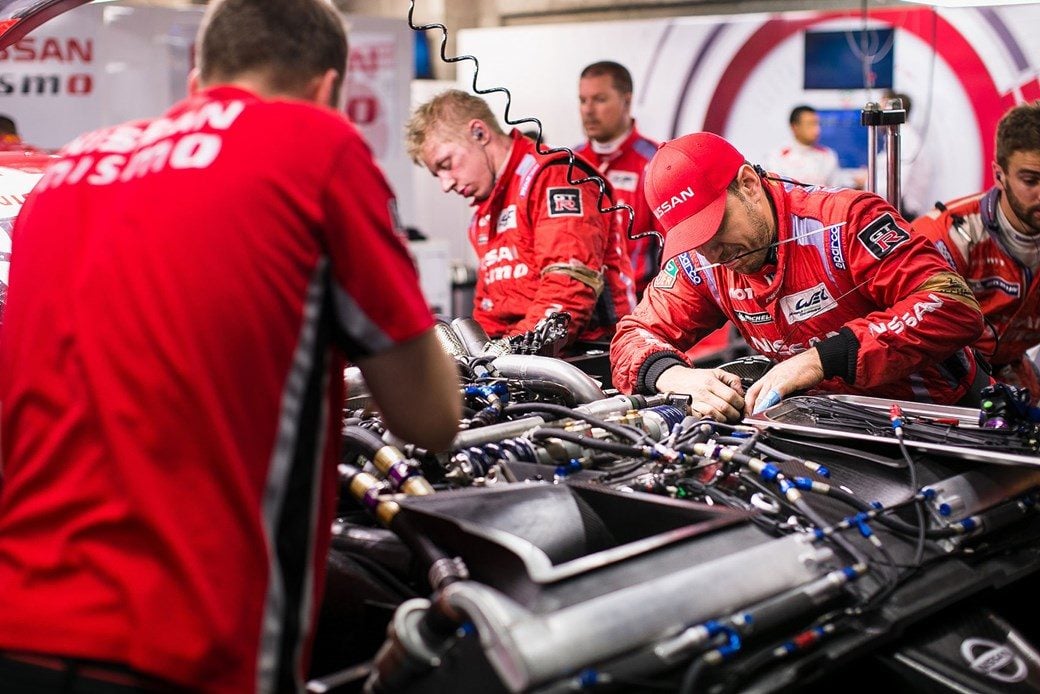
These two events are just the latest in a long list of disappointments or bad decisions that was been seen in motorsports. From bad car designs, to team or driver performance that lead to poor results and sanctioning bodies making new regulations that later destroyed a series is the point for this thread.


Unfortunately both programs endured massive struggles to be competitive all year. McLaren suffered one of the team's worst seasons in their storied history due to reliability issues and power output on the new Honda powerplants. Nissan's radical GT-R LM Nismo program had many delays throughout the entire year. This resulted in the 24 Hours of Le Mans being the car's only race before Nissan pulled the plug on the program while progress was being made.


These two events are just the latest in a long list of disappointments or bad decisions that was been seen in motorsports. From bad car designs, to team or driver performance that lead to poor results and sanctioning bodies making new regulations that later destroyed a series is the point for this thread.


